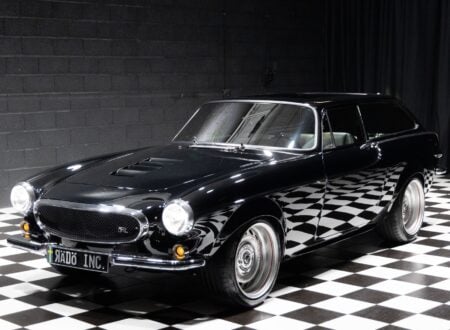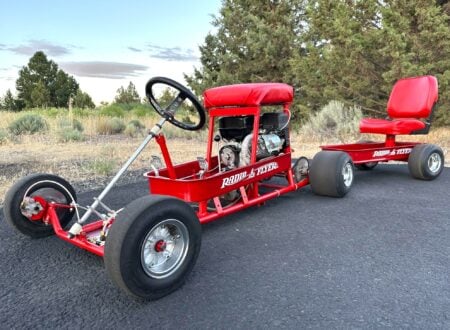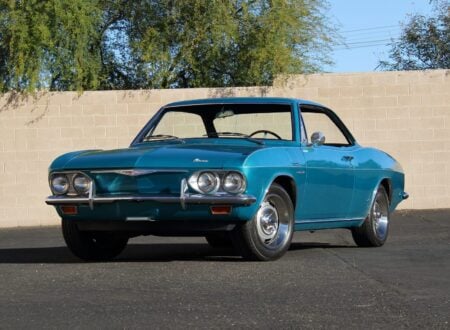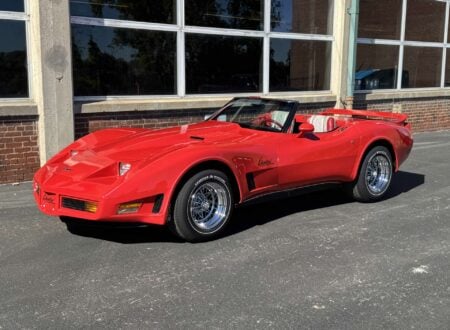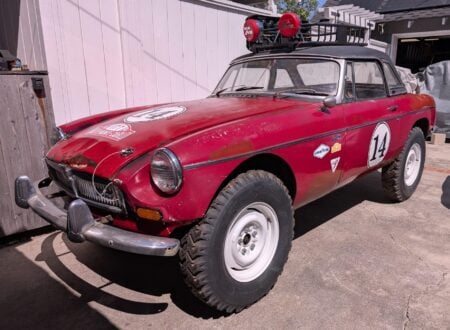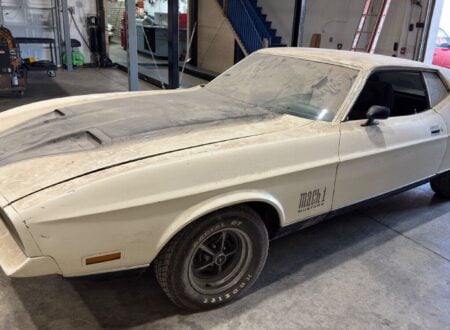The Intermeccanica Italia Spyder is an Italian/Canadian/American sports car with a fascinating albeit complex history. Just 400 or so were built between 1966 and 1972, and surviving examples have been skyrocketing in price due to their rarity, good looks, and inexpensive maintenance costs (thanks to their American drivetrains).
The Story of Intermeccanica
Intermeccanica was founded by a friendly Hungarian-born Canadian guy named Frank and his wife Paula in 1959. They moved from Canada to Torino, Italy and named the company Construzione Automobili Intermeccanica. Initially they produced performance parts and tuning kits for European cars from marques like Peugeot, Renault, Simca, DKW, Puch, and Fiat.
In 1960 the company built a Formula Junior car with a rear-mounted engine, but their first low-volume production car was a little 500cc Steyr-Daimler-Puch vehicle using part of a Fiat 500 chassis called the IMP. 21 were made, and one of them managed a class win at the Nurburgring.
The first full-sized car with an Intermeccanica body was built by a company in the USA using a Buick aluminium V8, and all-Buick running gear. It was called the Apollo GT, it was assembled in the USA, and in 1963 it was exhibited at the Turin Automobile Show. 111 Apollos were built, and it’s remembered today as the car that really launched Intermeccanica as “not just” a tuning parts company.
Things began to speed up for Intermeccanica in the mid-60s. Their Apollo 2+2 was judged best in show at the 1965 New York Automobile Show, they also built an interesting Ford Mustang station wagon prototype which was presented to the Ford Motor Company – although it was never picked up for production.
The Beginnings of the Italia
The Italia has a relatively complex story, but the short version goes something like this.
A new project began in 1966 commissioned by Jack Griffith to build a slightly larger sports tourer with an American engine and running gear. He hired former Formula One and Indy 500 chassis designer John Crosthwaite to develop a new tubular steel frame, and automobile designer Robert Cumberford to create a sleek new body.
Just 14 Griffith-badged Intermeccanicas were built before it became financially untenable, fortunately Steve Wilder stepped in and continued production with a new name – Omega. 33 of these new cars were built before the financial gremlins that plagued the Griffith reared their heads, and Intermeccanica arranged funding through Credito Italiano to build the cars in Italy, and sell them via a US distributor.
As it happens, the musical-chairs name changes weren’t quite over yet. The Omega was rebadged as the Torino, after the city in which they were built, but Ford had the named trademarked already – so they were rebadged Italia.
The Intermeccanica Italia Spyder Shown Here
With its front-mounted Ford Windsor 351 cubic inch V8, the Italia can make the 0-62mph dash in 6.2 seconds and achieve a top speed of over 155 mph. The car shown here is the convertible, or Spyder, variant and it comes with its original 4-speed manual gearbox, and a slightly newer Edelbrock four-barrel 1406 Performer Series carburettor.
The interesting history and limited number of cars that were built have seen the Italia become quite collectible in recent years. The car you see here is estimated to be worth between $120,000 and $150,000 USD, it’s being sold out of long term ownership and has a fresh coat of paint, with a series of new and upgraded components fitted.
If you’d like to read more about it or register to bid you can click here to visit the listing on Auctions America.
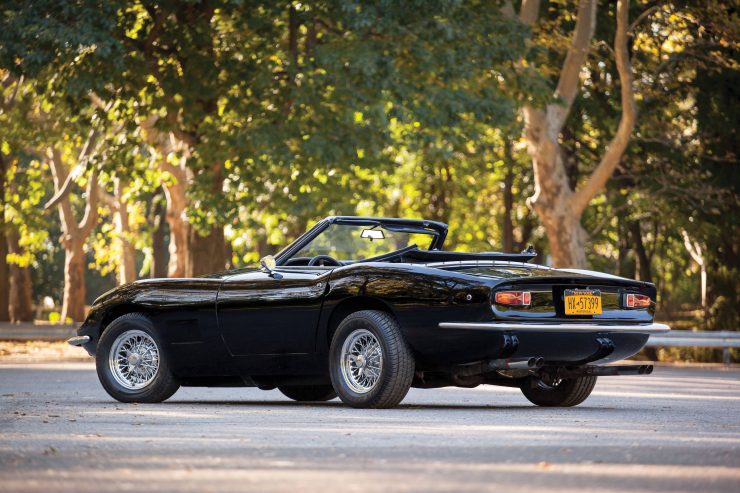

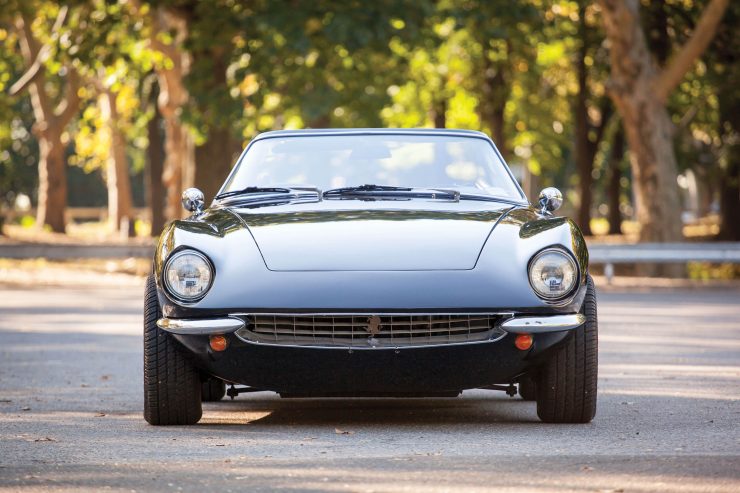
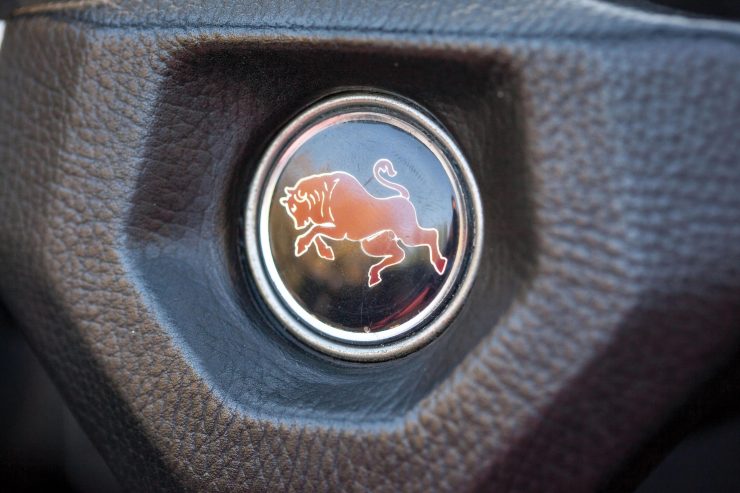
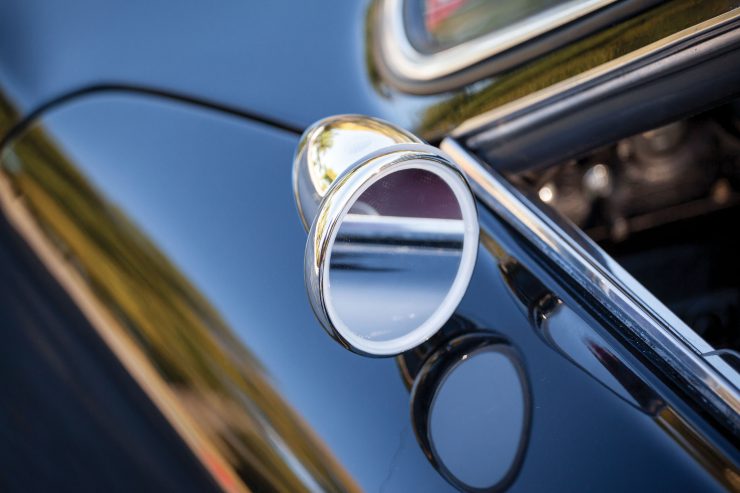

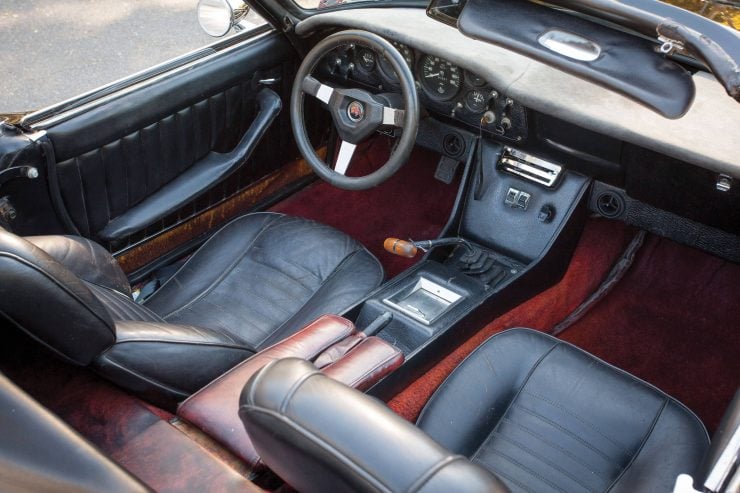
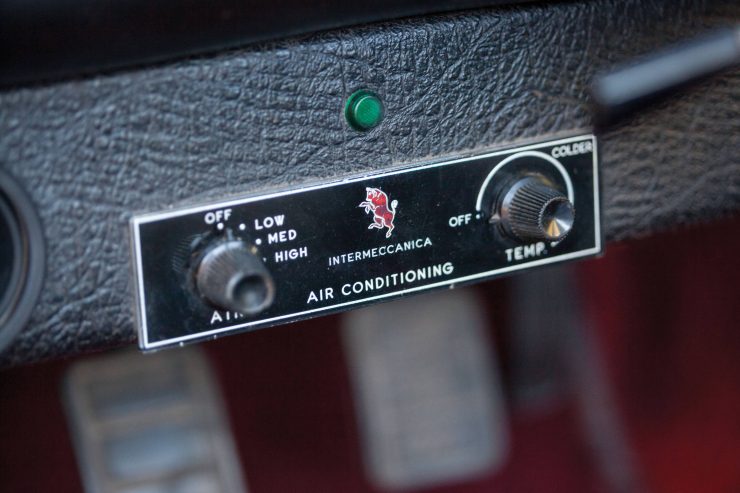
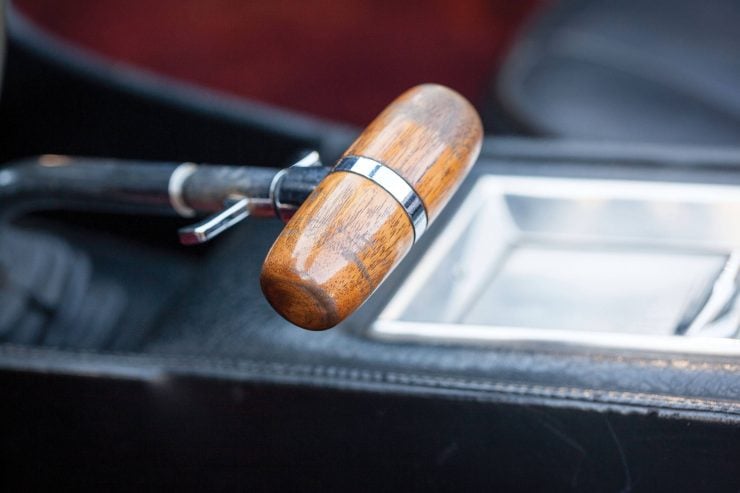
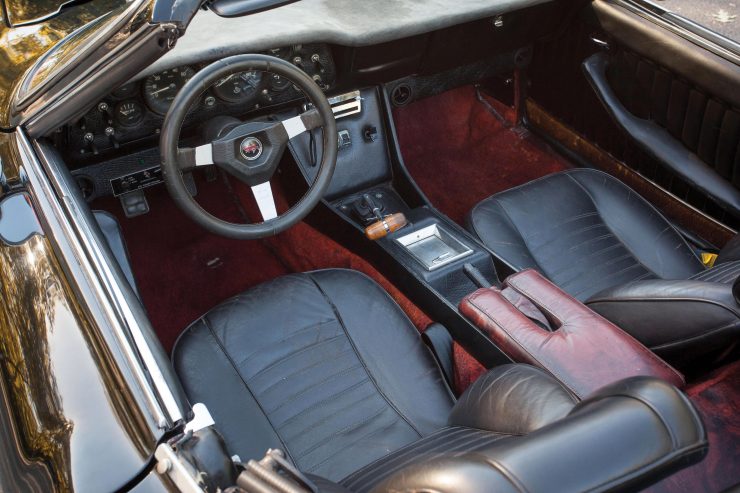
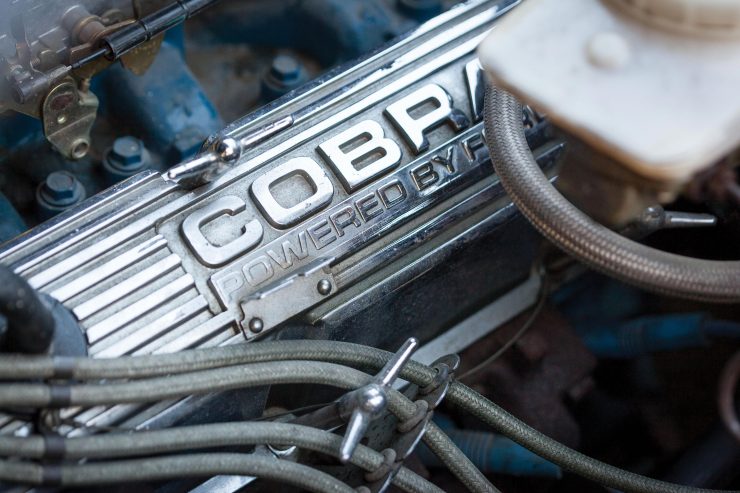

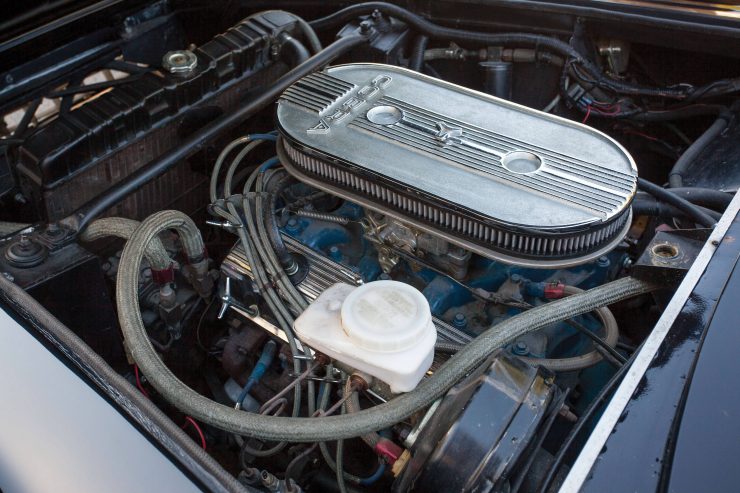
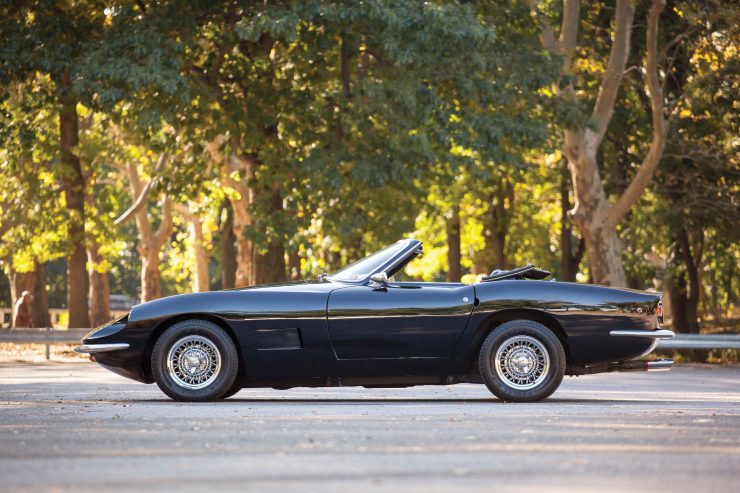
Photo Credits: Erik Fuller © 2015 Auctions America



